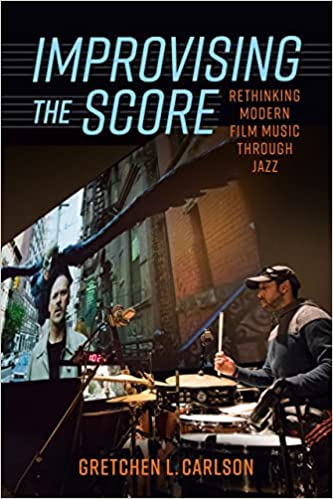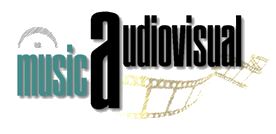Improvising the Score : Rethinking Modern Film Music through Jazz

Ficha básica
Clasificación temática
Otros campos
SUMARIO: Introduction: Jazz Goes to the Movies from "Authenticity" to Inner Circle // Chapter 1: When Strangers Meet Structures, Tensions, and Negotiations in Jazz/Film Collaborations / Chapter 2: "Not a Lot of People Would Go for that" Risk and Experimentation in the Improvised Soundtracks of Birdman and Afterglow / Chapter 3: "Honest, True Portrayals" Terence Blanchard, Spike Lee, and the Racial Politics of Jazz Scoring / Chapter 4: "A Film Director's Dream" Dick Hyman Plays the Personal for Woody Allen / Conclusion: Miles Ahead A New Way of Making Movie Music? // Notes // Bibliography.
"Improvising the Score: Rethinking Modern Film Music through Jazz provides an original, vivid investigation of innovative collaborations between renowned contemporary jazz artists and prominent independent filmmakers. The book explores how these integrative jazz-film productions challenge us to rethink the possibilities of cinematic music production. In-depth case studies include collaborations between Terence Blanchard and Spike Lee (Malcolm X, When the Levees Broke), Dick Hyman and Woody Allen (Hannah and Her Sisters), Antonio Sánchez and Alejandro González Iñárritu (Birdman), and Mark Isham and Alan Rudolph (Afterglow). / The first book of its kind, this study examines jazz artists’ work in film from a sociological perspective, offering rich, behind-the-scenes analyses of their unique collaborative relationships with filmmakers. It investigates how jazz artists negotiate their own “creative labor,” examining the tensions between improvisation and the conventionally highly regulated structures, hierarchies, and expectations of filmmaking. Grounded in personal interviews and detailed film production analysis, Improvising the Score illustrates the dynamic possibilities of integrative artistic collaborations between jazz, film, and other contemporary media, exemplifying its ripeness for shaping and invigorating twenty-first-century arts, media, and culture."
